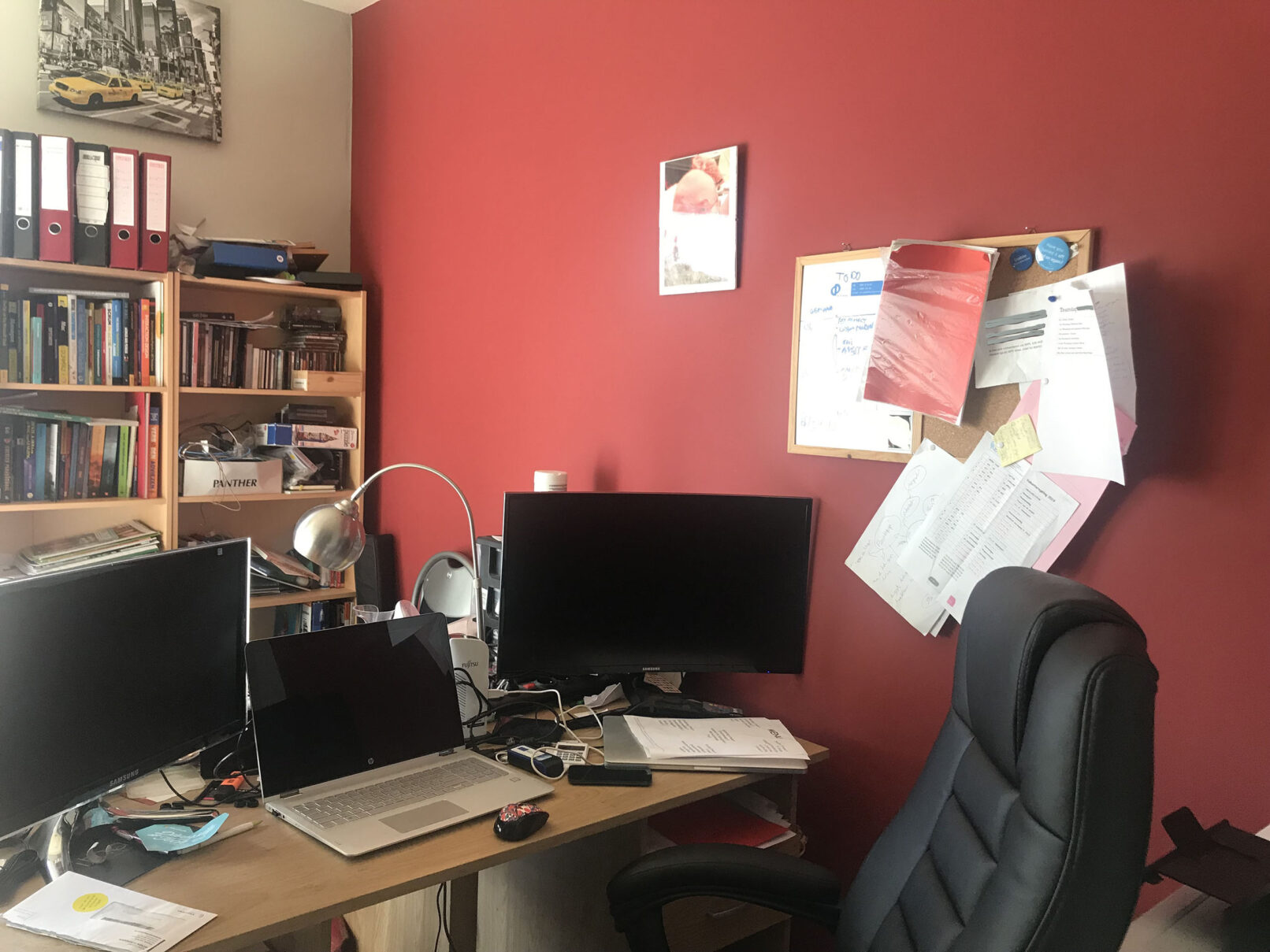Making room for autism at work
Finding and keeping a job is challenging when you are on the autism spectrum: daily work routines and interpersonal communication result in misalignment between yourself and the workplace. How the built work environment affects this misalignment is rarely considered. In the project ‘Making room for autism at work’, we are trying to understand what role the built environment plays in how employees on the spectrum experience and manage work conditions: What are differences and similarities in how autistic and comparison employees experience the built work environment? How do different spatial aspects (e.g., indoor environment and its sensory qualities, spatial layout, location) support or hinder autistic employees’ work activities and social interactions? And how do they deal with environmental (dis)comfort and (un)supportive spatial aspects?
This research is conducted by Jasmien Kinnaer, Maria Lackovicova, and Phuong Lan Nguyen, guided by Ann Heylighen, Andrea Jelić, and Dirk Saelens, in collaboration with LAVA vzw.
It is supported by a C1-project of the KU Leuven Research Fund, supervised by Andrea and Ann, and by Phuong’s postdoctoral research fellowship of the Research Foundation – Flanders (FWO).

